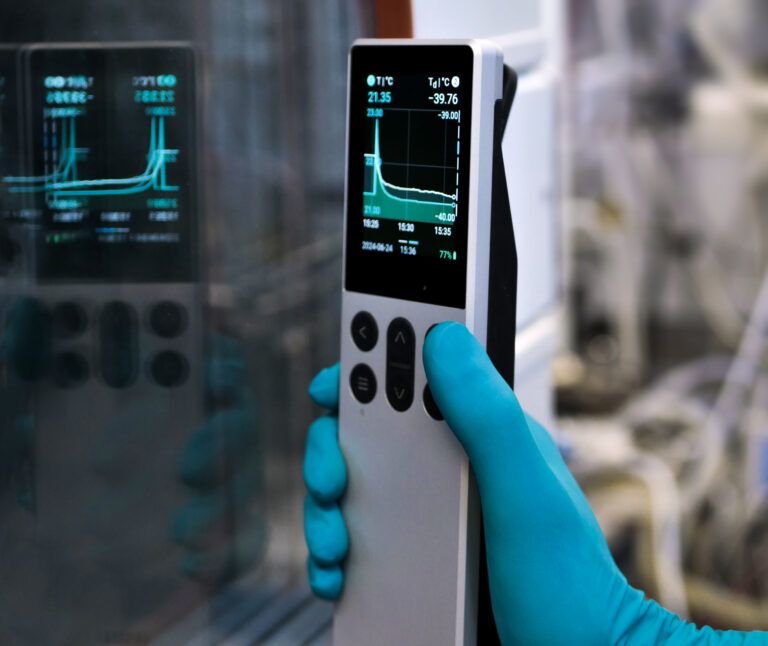Humidity is the enemy of the battery manufacturer, but as Antti Viitanen, Product Manager at measurement instrument manufacturer Vaisala explains, accurate humidity monitoring and control requires careful attention to avoid the consequences of inaccuracy.
One of the most critical yet often overlooked aspects of battery production is humidity control. Yet accurate humidity monitoring and dry control during manufacture are essential for ensuring battery quality and safety.
The midstream stage of battery manufacturing – involving electrode production, cell assembly, and cell finalization – is where humidity control becomes paramount. These processes occur in highly controlled environments like dry rooms, dry booths, and glove boxes, where even slight deviations in humidity can lead to unwanted chemical reactions. These reactions not only pose safety risks but can also significantly impact battery quality and lifespan.
Excessive moisture can cause lithium to form lithium hydroxide and hydrogen gas, or lithium salt to form hydrogen fluoride. These reactions present explosion risks and can severely compromise battery performance. Moreover, electrolyte exposure to moisture can generate corrosive byproducts, further degrading battery quality.
To mitigate these risks, we typically maintain ambient dew point temperatures in dry rooms between -30°C and -40°C. For newer technologies like solid-state batteries, even lower dew points (as low as -80°C) may be required in specific processing steps. Achieving and maintaining these ultra-low humidity levels is incredibly energy-intensive, making it one of the costliest aspects of battery production.
The key to balancing safety, quality, and energy efficiency lies in using high-performance dew point sensors. The most effective sensors use thin-film polymer technology, which offers accurate, stable, and fast-response measurements with minimal drift. These characteristics are crucial for precise control of the drying process, allowing us to avoid both over-drying (which wastes energy) and under-drying (which compromises battery quality).
However, selecting the right sensors is only half the battle. Maintaining their accuracy over time is equally important. Regular calibration checks ensure that our sensors continue to provide reliable readings, protecting our valuable assets and products.
In my experience, there are several effective approaches to sensor calibration. Some facilities use handheld devices for quick spot-checks and on-site calibration, which minimizes production downtime. Others prefer to send sensors to accredited service centers for routine checks. Personally, I’ve found that contracting with the sensor supplier for a fixed-price calibration program often provides the best balance of convenience and cost-effectiveness.
Looking ahead, I believe that as battery technology continues to evolve, the importance of precise humidity control will only increase. We’re already seeing this with solid-state batteries, which require even drier conditions than their lithium-ion counterparts. As we push the boundaries of battery performance and safety, our ability to monitor and control humidity with ever-greater precision will be a key factor in our success.
So, while it may not be the most glamorous aspect of battery manufacturing, effective humidity control is crucial. It protects worker safety, maximizes production yields, ensures product quality, and optimizes energy consumption. By investing in high-quality sensors and maintaining them properly, we can continue to drive innovation in battery technology while meeting the growing global demand for safe, efficient, and sustainable energy storage solutions.





